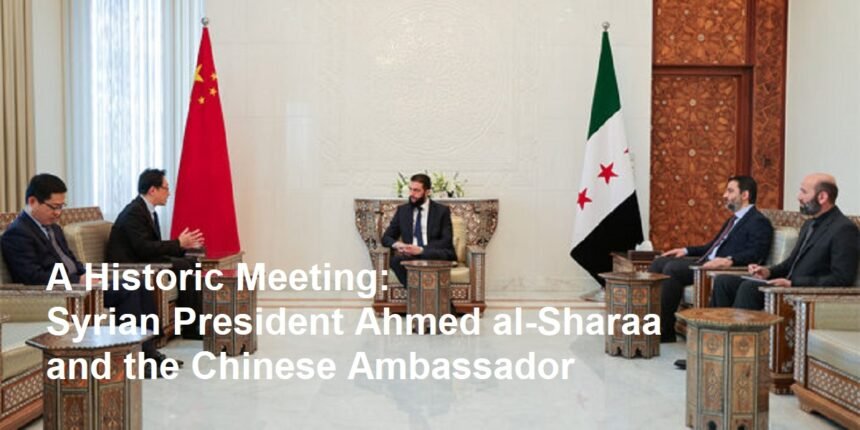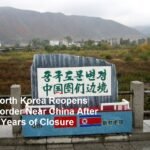In a moment that is bound to reverberate through the geopolitical landscape, the recent meeting between Syrian President Ahmed al-Sharaa and the Chinese Ambassador to Syria marks a significant milestone in the diplomatic relations between the two nations. This encounter, characterized by a spirit of cooperation and mutual respect, signals an era of increased collaboration that could reshape the dynamics in the Middle East and beyond.
The backdrop of this meeting is essential to understanding its implications. Syria has faced immense challenges in recent years, including internal conflict, economic sanctions, and the repercussions of foreign interventions. These circumstances have necessitated a reevaluation of Syria’s foreign relations, particularly as the nation seeks to rebuild and stabilize. In contrast, China has burgeoning interests in the Middle East, focusing on economic investments and the Belt and Road Initiative. This initiative, which aims to enhance infrastructure and trade connections across continents, presents a framework for potential cooperation between Syria and China.
During the meeting, President al-Sharaa underscored the importance of strengthened ties with China, citing the latter’s non-interventionist foreign policy and economic contributions as vital to Syria’s recovery efforts. The two leaders discussed various areas of cooperation, including trade, infrastructure development, and cultural exchange. This partnership is particularly timely, as China has emerged as a key player in international politics, advocating for unity and development rather than conflict.
The discussions also encompassed mutual support in the face of international challenges. Syria has long been subjected to significant geopolitical pressures, particularly from Western nations. In this context, the support of a formidable power like China could provide a counterbalance to such pressures. The partnership could facilitate not only economic investments but also political backing in international forums, thereby enhancing Syria’s standing on the global stage.
Moreover, China’s interest in Syria can be viewed through the lens of its broader strategic objectives in the region. By engaging with Syria, China not only fosters goodwill and economic ties but also strengthens its influence in the Middle Eastern political landscape. Collaborative projects, such as infrastructure development and investment in key sectors, may serve to solidify this relationship and offer Syria a pathway to economic resurgence.
The implications of this meeting extend beyond bilateral relations. The cooperation between Syria and China could signal a shift in alliances in the Middle East, as countries reassess their partnerships in light of changing geopolitical dynamics. As China continues to assert itself on the world stage, its relationship with Syria may inspire other nations in the region to reconsider their own alignments and strategies.
In conclusion, the meeting between President Ahmed al-Sharaa and the Chinese Ambassador is not merely a diplomatic formality; it represents a critical juncture in Syria’s ongoing quest for recovery and stability. The potential for enhanced cooperation between Syria and China could lead to tangible benefits for both nations. At a time when the international landscape is fraught with uncertainty, this partnership may not only assist Syria in rebuilding but could also contribute to a broader reconfiguration of relationships in the Middle East. The ramifications of this meeting will undoubtedly be observed closely by political analysts and global observers, as its outcomes could extend far beyond the immediate context of Syrian domestic affairs.













